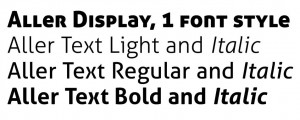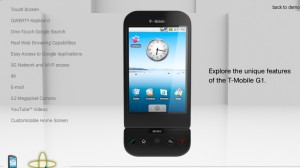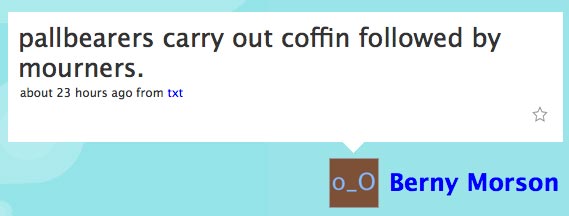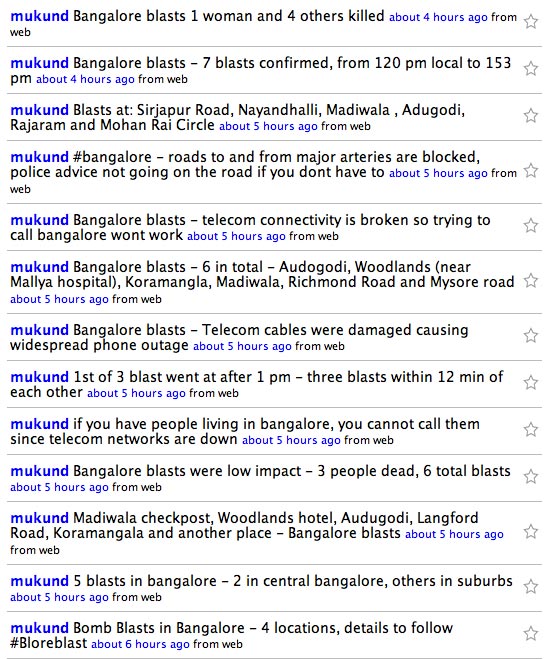MySociety, the democracy website, which turned five in October, has put two places for its annual retreat up for auction on eBay.
MySociety says on its blog:
“This is only the third such retreat in five years, and it is a super-rare occasion when all the various people who make mySociety tick get together. On these retreats we meet to set our agenda for the next year and try to reassess what we’ve done and what we’re about. It’s a fantastic opportunity to meet many of the most talented developers and thinkers in the field of the internet and democracy, people you’d otherwise rarely be able to catch. And it’s a great moment to catch them, pausing for a moment to discuss what we’re about and where we could go next.”
Tom Steinberg, the director and founder of mySociety, told Journalism.co.uk that the retreat will be held January 9-11 2009, and that the location is still to be decided (somewhere in the north-west).
“The purpose of the retreat is to get together and do all those things that it’s impossible for a fully virtual organisation to do just
online,” he said.
This includes:
- Reassessing priorities
- Coming up with new ideas for services and tools
- Discussing financial position and how to improve it
- Coding side-by-side
- People getting to know each other




